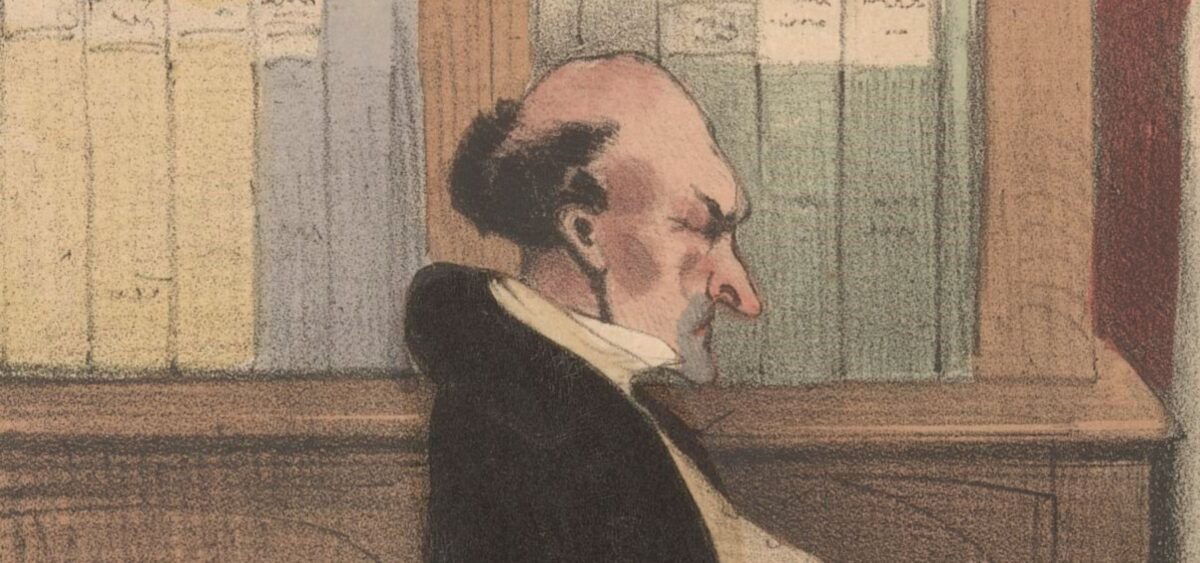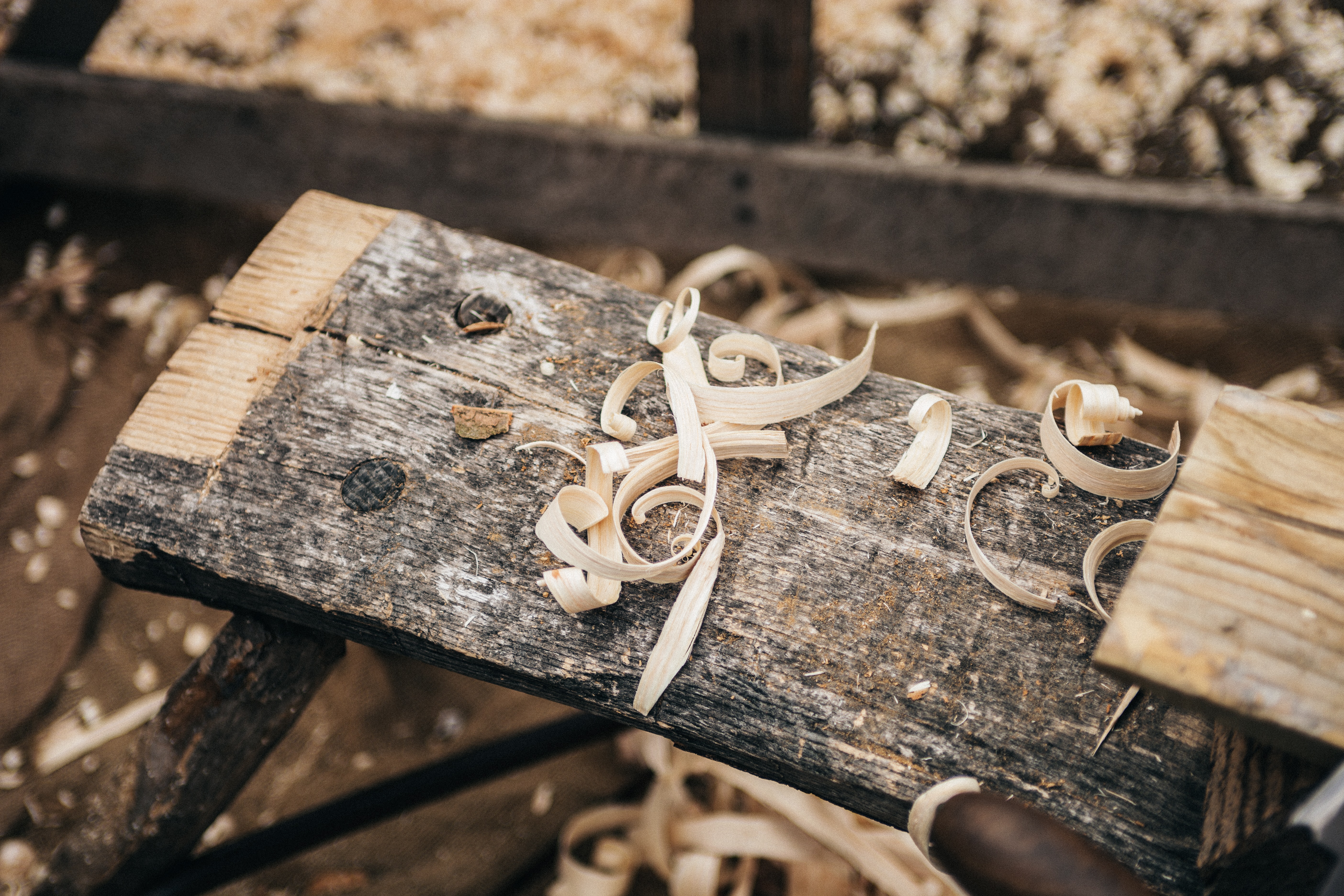
Maintaining a positive attitude can undoubtedly assist us during tough times – something that we are keen to promote at “Przekrój”. But what about adopting an opposing approach? Our contributor reflects on the merits of responsible negative thinking.
The American ironist James Branch Cabell wrote that: “An optimist believes we live in the best possible of worlds. A pessimist fears that this is true.” Far from the sunny entitlement of life’s Panglossian amblers, to practice the art of negativity is to see the world with darkly artful perception. While a valorization of the negative may be hideously alien to some, its paradox holds cast-iron worth.
An element of shared grief and negative communion can foster a unique feeling of solidarity and a more piercing knowledge of the world, which can be gained only through profound suffering. The virtue of negative thinking in terms of mental health is one which has been obfuscated by the sugary vogue for trite affirmations. Instead, perhaps practising an art of responsible cynicism and an anti-capitalist spirit of critique might better suit a universe below ground zero.
In the contemporary milieu, the idea of being negative is either regarded as a destructive mentality or else defeatist fatalism. But, at least in passing shades, negative emotions can hold great power. There resides in negativity the seed of critical thought and a beneficial duty to engage with one’s internal feelings. The work of negation, indeed the very act, is a process which remains productive





